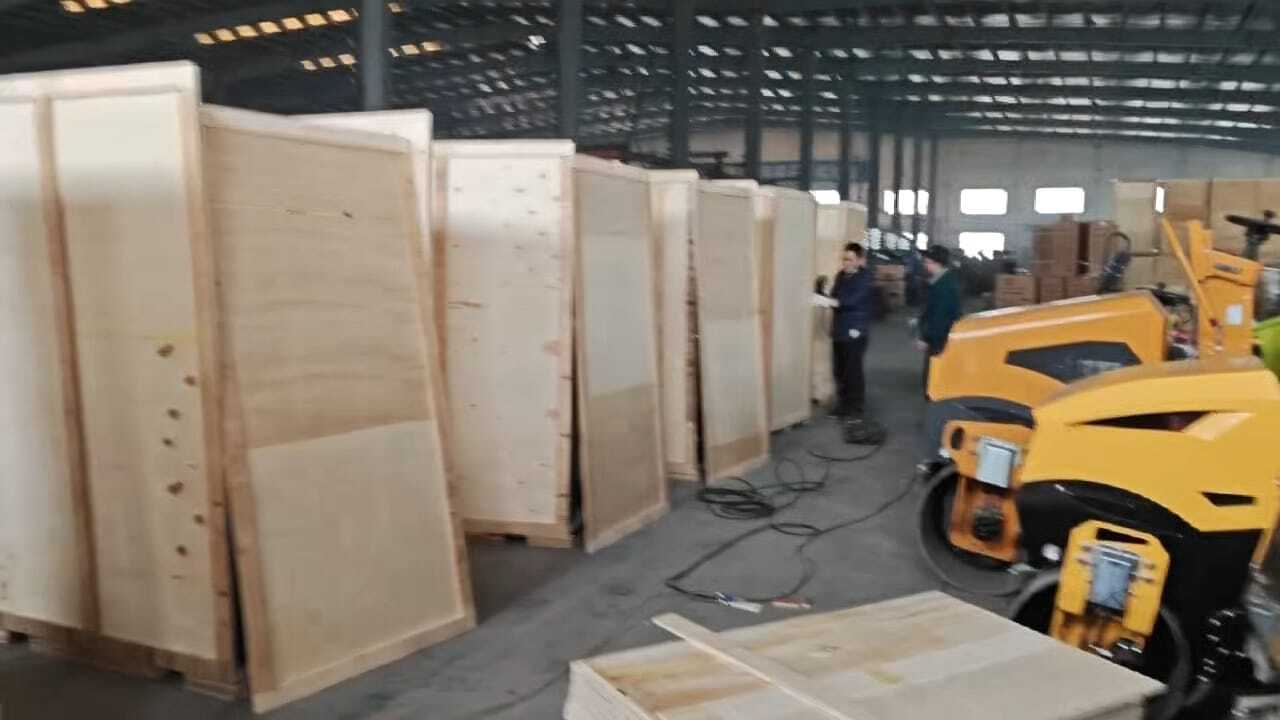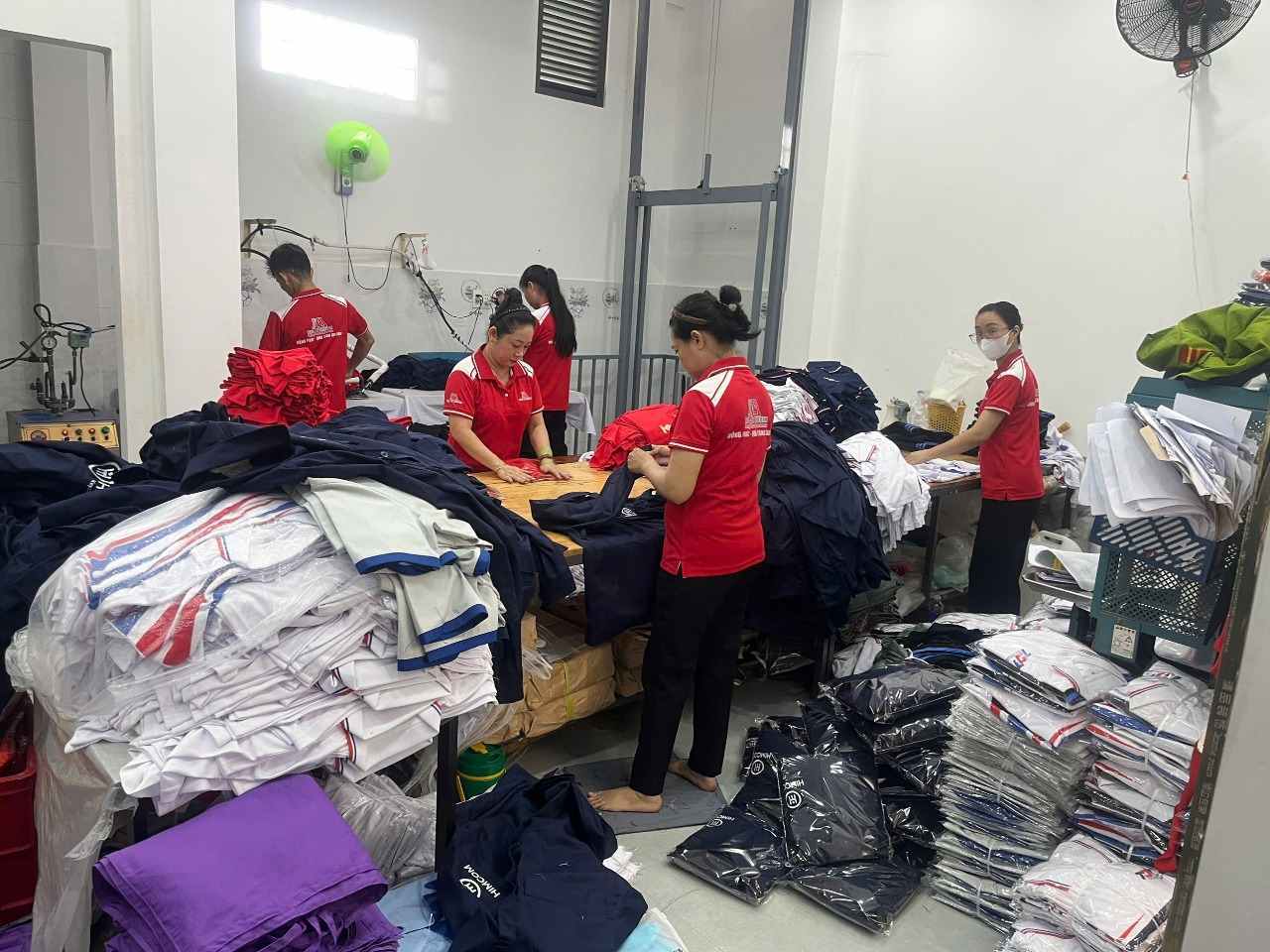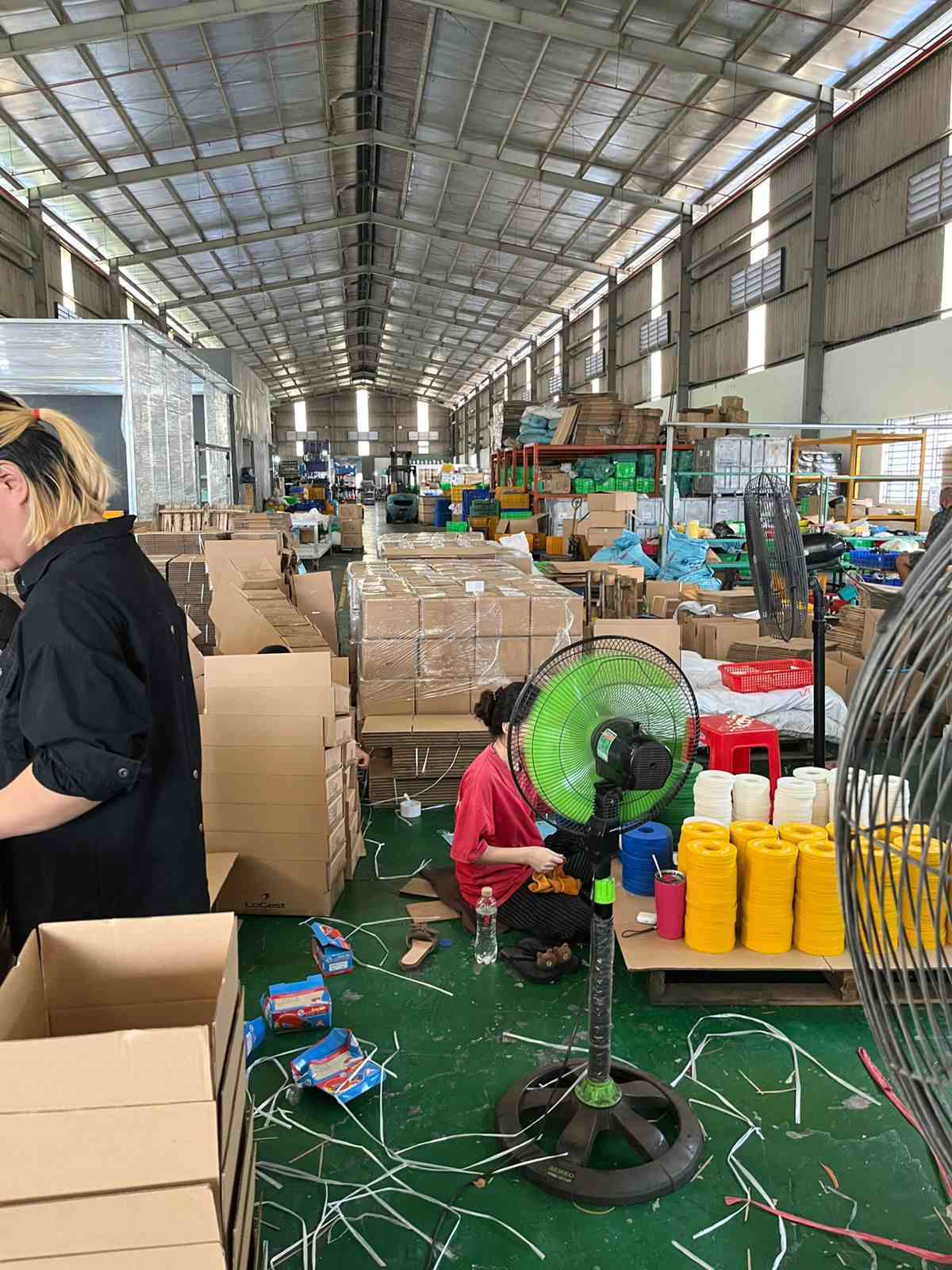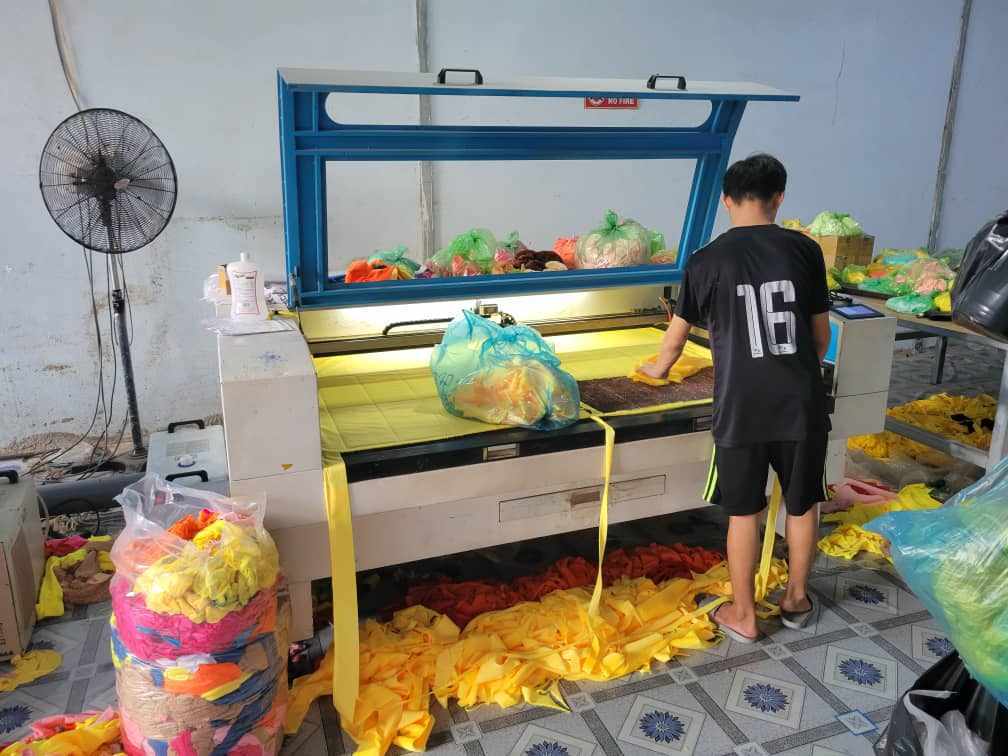The CBP Audit Lottery: Audits and Reviews Importers Must Face in 2025
Importing from China? Welcome to the CBP Audit Lottery
Every shipment into the United States is a ticket in the CBP audit lottery. Some importers get nothing more than a Request for Information (CF-28). Others get pulled into a Focused Assessment (FA) that lasts months. And more and more are finding their goods stuck at the port under UFLPA detentions.
What importers often don’t realize is that CBP has more than twenty different types of audits and reviews. Some are common. Some are rare. All can lead to penalties, shipment seizures, or costly delays.
We keep getting asked:
- “CBP audit what to expect?”
- “Can my shipment get seized by customs?”
- “What’s on the CBP audit checklist?”
This guide ranks CBP audits from most common to rare, with a special focus on where China importers are most exposed.
CBP Audits and Reviews in 2025 — Ranked from Common to Rare
Most Common
1. Focused Assessment (FA) Audit
A full review of an importer’s internal controls and compliance systems. Covers classification, valuation, country of origin, recordkeeping, and FTA claims. Can run for months and sample hundreds of entries.
2. Quick Response Audit (QRA)
Narrow and fast. Targets a specific risk area such as tariff classification, valuation, or AD/CVD exposure.
3. Entry Review / CF-28 (Request for Information) and CF-29 (Notice of Action)
Entry-level document reviews. Often the first signal CBP is scrutinizing a product or importer. Can escalate into audits or detentions.
4. FTA / Origin Verification
Reviews claims under USMCA, CAFTA, KORUS, and other free trade agreements. Checks certificates of origin, supplier affidavits, bills of material, and substantial transformation.
5. UFLPA Enforcement (Detentions and Supply Chain Audits)
Now one of the most active CBP actions. Targets cotton/textiles, solar/polysilicon, tomatoes, aluminum, PVC, seafood, and expanding sectors. CBP requires clear and convincing evidence that goods are free from Xinjiang inputs.
Importers must provide:
- Complete supply chain map from raw material to finished good
- Transaction flow documents (purchase orders, invoices, payments, shipping docs)
- Factory and worker rosters
- Raw material sourcing records
- Audits and certifications from suppliers
Moderately Common
6. Pre-Assessment Survey (PAS)
A mini-review before a Focused Assessment. Tests a sample of entries and importer controls.
7. Importer Self-Assessment (ISA) Review
For importers in the ISA program. CBP verifies the importer’s annual compliance testing.
8. Drawback Compliance Review
Audits drawback claims (duty refunds). Ensures proper recordkeeping and eligibility.
9. Revenue Verification Audit
Short audit to confirm CBP is not losing revenue. Narrow focus, such as one product line’s classification or valuation.
10. Valuation / Transfer Pricing Audit
Reviews declared customs values, especially for related-party transactions. Ensures assists, royalties, and transfer pricing adjustments are reported.
11. Anti-Dumping / Countervailing Duty (AD/CVD) Verification
CBP checks whether goods avoid AD/CVD via misclassification or country-of-origin shifting. Often includes foreign supplier capacity verification.
Less Common
12. Merchandise Processing Fee (MPF) / Harbor Maintenance Fee (HMF) Audit
Reviews proper payment of import fees.
13. Textile Production Verification Team (TPVT) Audit
Specialized for apparel and textiles. Verifies factory capacity, country of origin, and quota compliance.
14. Foreign-Trade Zone (FTZ) Audit
For companies using FTZs. Ensures zone records, reporting, and duty deferral compliance.
15. C-TPAT Validation and Re-Validation
Reviews supply chain security under the C-TPAT program. Focused on facility or site visits and risk mitigation.
16. Broker/Filer Audits
Targets customs brokers or importers filing their own entries. Reviews accuracy, timeliness, and compliance.
Rare and Specialized
17. Foreign Supplier Verification (On-Site Audit)
Usually tied to UFLPA, AD/CVD, or country of origin disputes. CBP or the Department of Commerce audits a supplier’s production capacity and documentation.
18. Post-Entry Reconciliation Audit
For companies in the Reconciliation Program. Verifies post-entry adjustments such as valuation, assists, or royalties.
19. Bond Sufficiency Review
Rare. Checks whether an importer’s customs bond is adequate for trade volume.
20. Partner Government Agency (PGA) Joint Audits
CBP plus FDA, EPA, USDA, CPSC, and others. Focused on regulated sectors such as food, chemicals, medical products, and environmental imports.
21. FDA Foreign Supplier Verification Program (FSVP) Audits
FDA-led but tied to CBP imports. Reviews food safety supply chain documentation.
22. Export Control and Sanctions Compliance Reviews
Joint CBP plus OFAC/BIS checks. Reviews imports linked to sanctions, export control violations, or forced labor bans.
23. Agriculture and Quarantine Compliance Reviews
CBP plus APHIS. Focused on plant, animal, and agricultural imports, including pests, diseases, and restricted woods.
Final Snapshot
- Most Common: FA, QRA, CF-28/29, FTA Origin, UFLPA
- Moderately Common: PAS, ISA, Drawback, Revenue Verification, Valuation, AD/CVD
- Less Common: MPF/HMF, TPVT, FTZ, C-TPAT, Broker/Filer
- Rare/Specialized: Foreign Supplier Verification, Reconciliation, Bond Sufficiency, PGA/FDA, Sanctions, Agriculture
Why China Importers Are Most Exposed
If you source from China, the odds are not evenly spread across all 23 audit types. You are most likely to face the top five:
- Focused Assessment (FA)
- Quick Response Audit (QRA)
- CF-28/29 Document Reviews
- FTA and Origin Verifications
- UFLPA Detentions
Why?
- Chinese suppliers often split payees, shippers, and manufacturers.
- Subcontracting is widespread and frequently hidden.
- Export declarations in China rarely align perfectly with U.S. entries.
- UFLPA detentions disproportionately target Chinese-origin goods.
This is where the unspoken conflict of interest hits: suppliers protect themselves, not you. And CBP does not care about intent. If your documents do not match reality, you pay the price.
Asia Agent: Preparing You Before CBP Strikes
At Asia Agent, we do not just prepare paperwork. We:
- Go face-to-face inside the factory to verify production, licenses, and capacity.
- Draft local contracts with enforceable disclosure and penalty clauses.
- Independently audit the supplier’s submissions against CBP standards.
- Build a CBP Audit-Ready File so that when Customs calls, you already have proof.
Most importers learn about these audits the hard way. Our clients learn about them here, and prepare before CBP knocks.
Ready to Beat the Audit Lottery?
Every importer sourcing from China is in CBP’s crosshairs. The only difference is whether you are ready when your number is called.
Asia Agent resolves the unspoken conflict by combining on-the-ground verification with legal protection and audit-ready documentation.
Request a CBP Compliance Consultation
Frequently Asked Questions about CBP Audits for Importers Sourcing from China
Q: Can CBP audit my shipments from China?
Yes. CBP regularly audits importers sourcing from China, including Focused Assessments, Quick Response Audits, and CF-28/29 reviews. China shipments are often flagged due to classification issues, valuation risks, or origin concerns.
Q: What triggers a CBP audit when importing from China?
Red flags include undervaluing invoices, inconsistent supplier documentation, UFLPA exposure (Xinjiang cotton, solar, PVC, seafood), and discrepancies between bank wires and declared values.
Q: How can I prepare for a CBP audit if I source from Chinese suppliers?
Preparation requires more than paperwork from your supplier. Importers should maintain complete supply chain maps, conduct on-the-ground factory verifications in China, and reconcile all invoices, payments, and declarations before CBP requests them.
Q: Can my goods be detained or seized during a CBP audit?
Yes. If CBP suspects forced labor (UFLPA), misclassification, or false COO declarations, shipments can be detained at the port. In serious cases, goods may be seized. Importers carry full liability, even if the supplier provided misleading documents.
Q: What kind of audits does CBP most often conduct on imports from China?
The most common are Focused Assessments, CF-28/29 entry reviews, Quick Response Audits, and UFLPA enforcement actions. Textile and apparel importers face frequent TPVT audits, while electronics and chemicals are often targeted for valuation and COO checks.
Q: How does Asia Agent help U.S. importers reduce CBP audit risk with China sourcing?
Asia Agent provides face-to-face factory verification in China, contracts drafted with local lawyers, and compliance-ready documentation (supply chain maps, invoices, affidavits, COO memos). This approach gives importers the control CBP expects and reduces detention risk.




